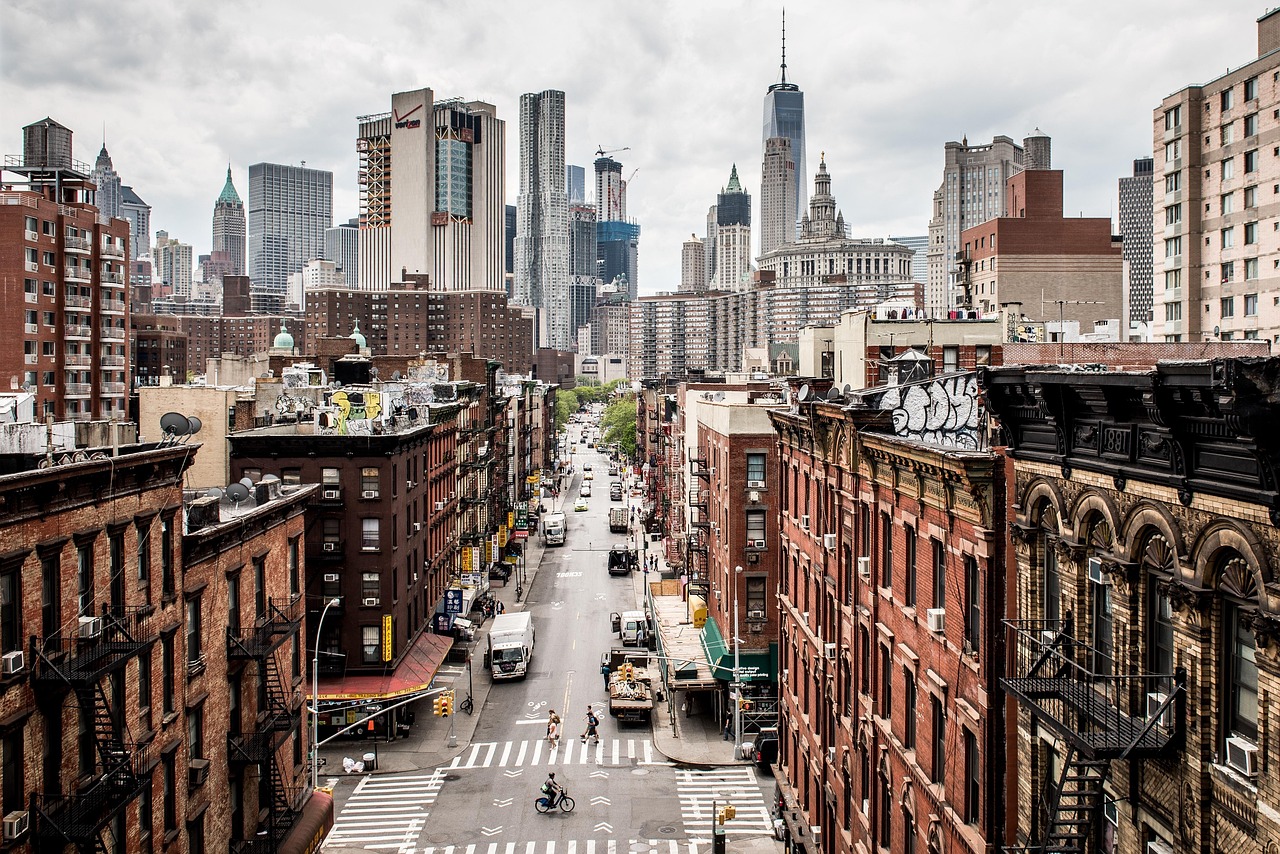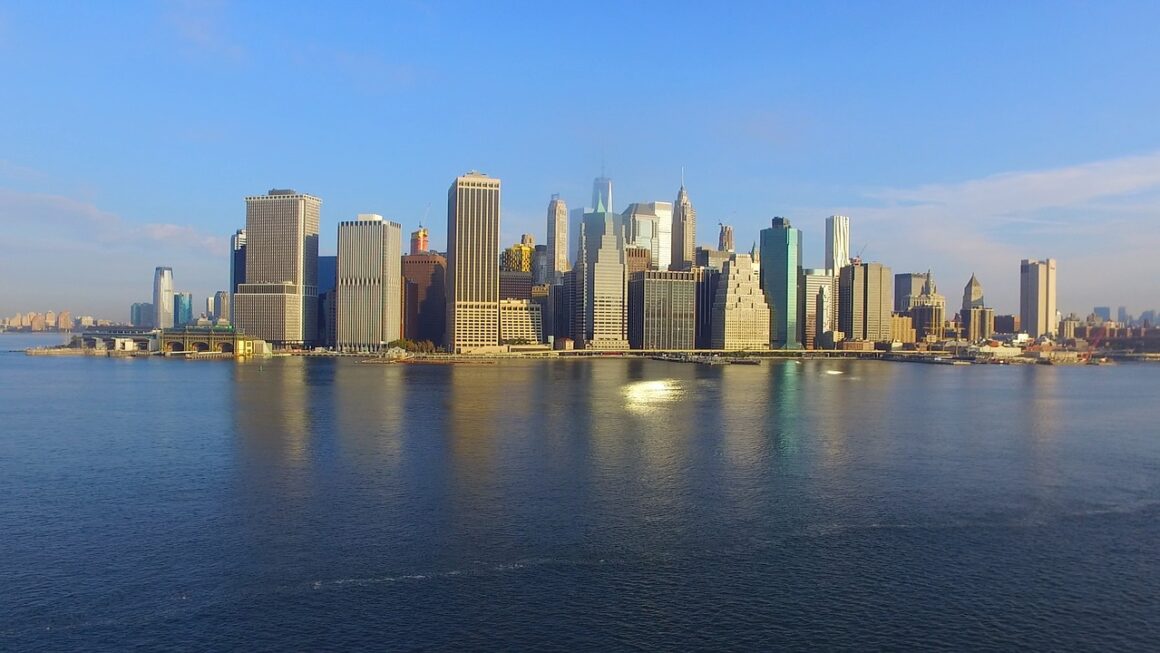The United Nations (UN) stands as a beacon of international cooperation, a global organization dedicated to maintaining peace and security, promoting sustainable development, and upholding human rights. From addressing climate change to providing humanitarian assistance, the UN’s impact reverberates across the globe. Understanding its structure, functions, and ongoing efforts is crucial for anyone seeking to navigate the complexities of the modern world. This blog post will delve into the intricacies of the UN, exploring its history, key bodies, and its role in shaping international relations.
The Genesis of the United Nations
From League of Nations to Global Cooperation
The seeds of the UN were sown amidst the devastation of World War II. Recognizing the shortcomings of the League of Nations, Allied powers began formulating plans for a new international body capable of preventing future conflicts. The term “United Nations” was first officially used in the Declaration by United Nations on January 1, 1942, during the war. The vision was to create an organization founded on the principles of collective security and cooperation.
The San Francisco Conference and the UN Charter
In 1945, delegates from 50 nations convened in San Francisco to draft the UN Charter. This landmark document, signed on June 26, 1945, officially established the United Nations. The Charter outlines the UN’s purposes, principles, and organizational structure. The UN officially came into existence on October 24, 1945, after the Charter was ratified by the five permanent members of the Security Council – China, France, the Soviet Union, the United Kingdom, and the United States – and a majority of other signatories.
Core Principles of the UN Charter
The UN Charter lays out fundamental principles that guide the organization’s work:
- Sovereign Equality: All member states have equal rights and responsibilities.
- Peaceful Settlement of Disputes: Member states must resolve conflicts through peaceful means.
- Non-Intervention: The UN generally refrains from intervening in the domestic affairs of member states.
- Prohibition of the Threat or Use of Force: Member states must refrain from using force against other states.
- Collective Security: The UN can take collective action to maintain or restore international peace and security.
Key Organs and Agencies of the UN
The General Assembly: The Main Deliberative Body
The General Assembly (GA) is the UN’s main deliberative and policy-making organ. It comprises all 193 member states, each with one vote. The GA provides a forum for member states to discuss a wide range of international issues, including peace and security, development, human rights, and international law.
- The GA adopts resolutions and recommendations on various issues.
- It elects members to other UN bodies, such as the Security Council and the Economic and Social Council.
- It approves the UN budget.
- Example: The GA’s annual general debate provides a platform for heads of state to address the world on pressing global challenges.
The Security Council: Maintaining Peace and Security
The Security Council (SC) is responsible for maintaining international peace and security. It has the power to authorize peacekeeping operations, impose sanctions, and even authorize the use of force. The SC has 15 members, including five permanent members with veto power: China, France, Russia, the United Kingdom, and the United States.
- The SC can investigate any situation threatening international peace and security.
- It can recommend ways to settle disputes peacefully.
- It can authorize military action to enforce its decisions.
- Example: The Security Council has authorized numerous peacekeeping missions around the world to monitor ceasefires, protect civilians, and support peace processes.
The Economic and Social Council: Promoting Sustainable Development
The Economic and Social Council (ECOSOC) is the principal body for coordinating the economic, social, and environmental work of the UN system. It promotes sustainable development, human rights, and international cooperation.
- ECOSOC coordinates the work of the UN’s specialized agencies, funds, and programs.
- It conducts studies and makes recommendations on economic, social, cultural, educational, health, and related matters.
- It promotes the Sustainable Development Goals (SDGs).
- Example: ECOSOC works with the World Health Organization (WHO) to improve global health, with the United Nations Development Programme (UNDP) to reduce poverty, and with the United Nations Environment Programme (UNEP) to protect the environment.
The Secretariat: The Administrative Arm
The Secretariat is the administrative arm of the UN, headed by the Secretary-General. It provides support to the other UN organs and carries out their decisions. The Secretary-General serves as the UN’s chief administrative officer and spokesperson.
- The Secretariat conducts research, prepares reports, and organizes conferences.
- It provides logistical support for UN operations.
- The Secretary-General plays a key role in diplomatic efforts to resolve conflicts.
- The current Secretary-General is António Guterres.
The International Court of Justice: The Principal Judicial Organ
The International Court of Justice (ICJ), also known as the World Court, is the principal judicial organ of the UN. It settles legal disputes between states and provides advisory opinions on legal questions referred to it by UN organs and specialized agencies.
- The ICJ’s rulings are binding on the states involved in the dispute.
- Cases before the ICJ can involve boundary disputes, treaty interpretation, and violations of international law.
- Example: The ICJ has ruled on numerous boundary disputes between countries, helping to prevent conflicts and promote peaceful relations.
The UN and Sustainable Development Goals (SDGs)
A Universal Call to Action
The Sustainable Development Goals (SDGs), adopted in 2015, are a set of 17 goals to achieve a better and more sustainable future for all. They address global challenges, including poverty, inequality, climate change, environmental degradation, peace, and justice. The UN plays a crucial role in coordinating and supporting efforts to achieve the SDGs.
- Goal 1: No Poverty – End poverty in all its forms everywhere.
- Goal 2: Zero Hunger – End hunger, achieve food security and improved nutrition and promote sustainable agriculture.
- Goal 3: Good Health and Well-being – Ensure healthy lives and promote well-being for all at all ages.
- Goal 4: Quality Education – Ensure inclusive and equitable quality education and promote lifelong learning opportunities for all.
- Goal 5: Gender Equality – Achieve gender equality and empower all women and girls.
- Goal 13: Climate Action – Take urgent action to combat climate change and its impacts.
UN Agencies at the Forefront of SDG Implementation
Numerous UN agencies are actively involved in implementing the SDGs:
- UNDP: Works to eradicate poverty and reduce inequalities.
- UNEP: Focuses on environmental protection and sustainable resource management.
- WHO: Works to improve global health and well-being.
- UNESCO: Promotes education, science, and culture for sustainable development.
Monitoring and Reporting on SDG Progress
The UN monitors progress toward the SDGs through a set of global indicators. It publishes regular reports on SDG progress, highlighting successes and challenges. These reports help to inform policy-making and mobilize action to achieve the goals. The High-level Political Forum on Sustainable Development (HLPF), convened under the auspices of ECOSOC, is the central platform for reviewing progress on the SDGs.
Challenges and Criticisms of the UN
Limitations of the Security Council
The Security Council’s veto power has been a source of controversy, as it allows permanent members to block resolutions even if they are supported by a majority of other members. This can hinder the UN’s ability to respond effectively to crises.
Bureaucracy and Inefficiency
The UN has been criticized for its bureaucracy and inefficiency. Streamlining its operations and improving coordination among its various agencies is an ongoing challenge.
Funding and Resource Constraints
The UN relies on contributions from member states, and funding shortfalls can limit its ability to carry out its mandates effectively. Ensuring adequate and predictable funding is crucial for the UN’s success.
Balancing Sovereignty and Intervention
The UN faces the challenge of balancing the principle of state sovereignty with the need to intervene in situations where human rights are being violated or where there is a threat to international peace and security. Finding the right balance is a complex and often controversial issue.
Conclusion
The United Nations remains a vital institution in the 21st century, playing a critical role in addressing global challenges and promoting international cooperation. Despite its challenges and limitations, the UN provides a unique platform for dialogue, diplomacy, and collective action. Understanding the UN’s structure, functions, and ongoing efforts is essential for anyone seeking to engage with the complexities of the modern world and contribute to a more peaceful and sustainable future. By supporting the UN’s work and advocating for its reform, we can strengthen its ability to address the challenges of our time and realize its vision of a world free from conflict and poverty, where all people can live in dignity and peace.




